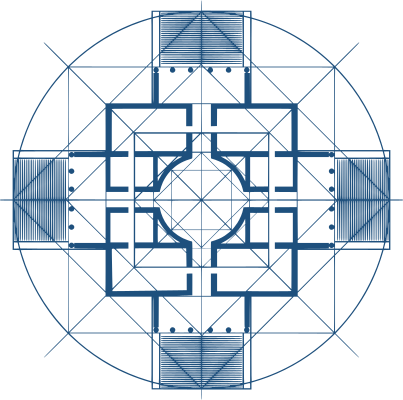Abstract
The aim of this article is to examine gender segregation among fields of study in Italian higher education and its change over time. Gender segregation has been analysed using micro-data on people who entered university in the 1900s (ILFI data) and data from recent cohorts of graduates (1995-2004) (ISTAT data. Relying on the work by van de Verfhorst and Kraykaamp (2001), I classified academic specialties into four fields: humanistic, economic, relational/communicative and technical/scientific. The degree of segregation across fields is estimated through a measure of absolute gender inequality (average partial effects) derived from multinomial logistic regression models. The pattern of segregation resembles those found by previous studies: men are more likely to enrol and graduate from fields which teach mainly technical/scientific skills, whereas women from cultural fields. It is visible a long-term trend of desegregation in the humanistic field, especially because women moved towards the relational and economic fields, in which the gender gap sharply declined. On the other hand, the technical/scientific field experienced fewer transformations and a substantial gender gap persists in recent cohorts.
Keywords
Download
Triventi M. (2010) "Something changes, something not. Long-term trends in gender segregation of fields of study in Italy
", Italian Journal of Sociology of Education, 2(2), 47-80. DOI: 10.14658/PUPJ-IJSE-2010-2-3
Year of Publication
2010
Journal
Italian Journal of Sociology of Education
Volume
2
Issue Number
2
Start Page
47
Last Page
80
Date Published
06/2010
ISSN Number
2035-4983
Serial Article Number
3
DOI
10.14658/PUPJ-IJSE-2010-2-3
Section
Articles

 © 2025 Padova University Press - Università degli Studi di Padova
© 2025 Padova University Press - Università degli Studi di Padova